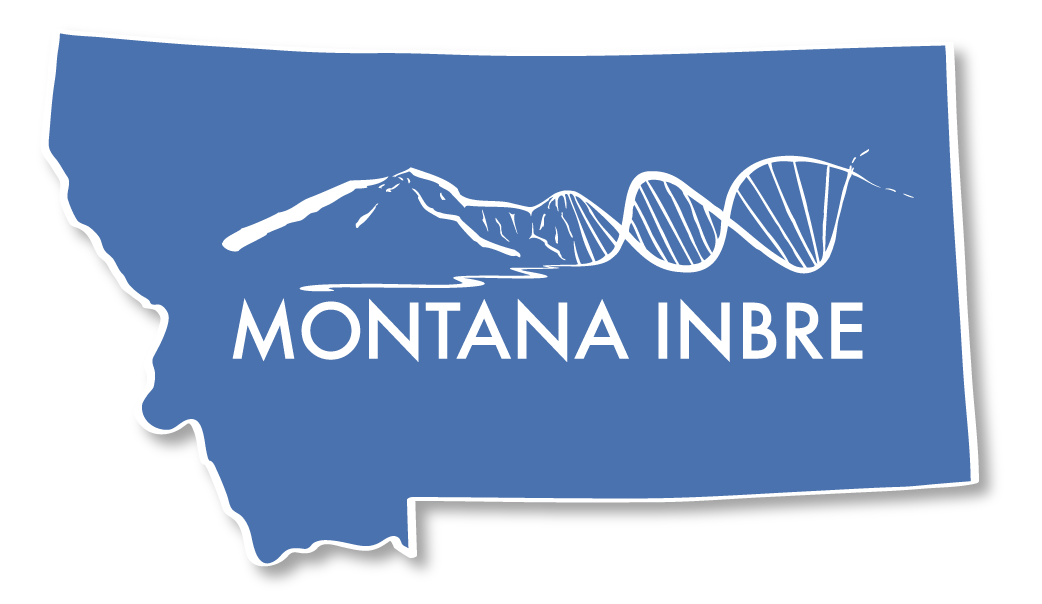Project Summary
Montana INBRE has been supporting the ambient air toxics study in Missoula for the last 1.5 years. We’ve purchased, installed, tested, and field-deployed equipment with the support from the previous two INBRE pilot projects. Over the last half-year, the pandemic due to COVID-19 has significantly impacted the overall productivity and experiments we could conduct in the lab. Despite the challenges during this time, we’ve collected almost 1 year of high-resolution ambient data in Missoula, MT, for atmospheric carbon monoxide and a full suite of hazardous volatile organic compounds. This invaluable air quality data also presents an excellent opportunity since it spanned the COVID shutdown in 2020 spring, with many human activities halted.
These observations could provide a window into the future air quality and health impacts under a carbon-neutral energy regime. We have actively participated in interagency COVID related air quality discussions that are initialized by NOAA and NASA with more than 70 U.S. researchers involved. Preliminary results were presented by UM graduate student Damien Ketcherside at the 2020 American Geophysical Union Fall Meeting this December. Our main goal of the “Missoula Air Toxic Study (MATS III): data analysis” project is to support this student’s analysis, preparation for publication, presenting results at a national conference, and seeking funding beyond Montana INBRE.
Project Aims
Atmospheric volatile organic compounds (VOCs) are precursors of ground-level ozone, carbon monoxide, formaldehyde, and fine particulate matter. VOCs play a central role in tropospheric chemistry by affecting radical cycling and thus control the lifetime of most air pollutants. Residential wood burning is an important source of VOCs to the western US atmosphere, impacting regional air quality and public health. Many fundamental issues related to their emissions need to be resolved, limiting our environmental health assessment and management capability. This project will examine the importance of residential wood burning and other emissions for air toxic exposures in western Montana by analyzing a suite of VOCs observation in Missoula, Montana. Specific aims include:
- Conduct source attribution of PM and VOCs in the western Montana valley during wintertime
- Examine the impact of COVID shutdowns on air pollutant exposures
Missoula, the second-largest city in Montana, has been recently ranked 7 for short-term particle pollution out of 216 metropolitan areas in the U.S. by the American Lung Association. Mountain valley topography, favorable wintertime thermal inversions, and residential wood burning as a heating source have contributed to the history of poor air quality. Supported by Montana INBRE, we’ve collected nearly 1 year of air pollutant observations in Missoula, Montana, including carbon monoxide and more than 150 different volatile organic compounds (VOCs) using state-of-the-art mass spectrometry. Using source attribution methods, we aim to continue analyzing this invaluable dataset in terms of their constraints on the importance of residential wood burning as a source of hazardous VOCs and fine particulate matter.
This rich air toxic data spanned the COVID economic shutdowns in 2020 spring, with many human activities halted. Such restrictions to prevent the virus from spreading included limited travel and industrial activity, restaurants and workplaces' closure, and stay-at-home orders. The resulting sudden and prolonged change in emissions provides a unique opportunity to examine how air pollutant exposures respond. During this time, our observations present a window to examine future air quality and health impacts under a carbon-neutral energy regime. It will shed light on the future VOC emissions as traditional sources such as motor vehicle exhaust declines.

